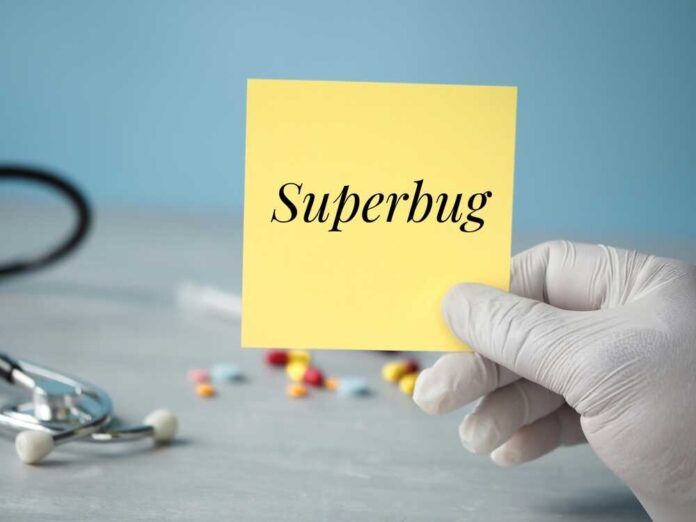
The unchecked rise of drug-resistant superbugs threatens to undermine the very foundation of modern medicine.
Story Highlights
- Superbugs could cause more deaths than cancer by 2050 if not addressed.
- Antibiotic resistance has ancient origins but is exacerbated by human practices.
- Hospitals are prime locations for the spread of these resistant strains.
- Worldwide, healthcare systems face increasing pressure from rising resistance rates.
Global Health Crisis: Superbugs on the Rise
Antibiotic-resistant superbugs, which have existed for hundreds of millions of years, are now a pressing global health threat.
The widespread misuse of antibiotics in medicine and agriculture has accelerated this crisis, with a recent Oxford study warning that without urgent intervention, antimicrobial resistance (AMR) could lead to more deaths annually than cancer by 2050.
Hospitals, with their high use of antibiotics and vulnerable patient populations, have become hotspots for these resistant infections.
The ease of global travel further contributes to the rapid spread of these strains, making containment a significant challenge for healthcare providers worldwide.
The skyrocketing number of antibiotic-resistant bacteria is growing beyond what modern medicine can deal with.https://t.co/w6vEsMpZ61
— The Daily Beast (@thedailybeast) October 13, 2025
Historical Context and Current Challenges
Antibiotic resistance is not new; its roots trace back to the prehistoric era. The introduction of penicillin in the 1940s marked the beginning of widespread antibiotic use, but warnings about resistance were sounded as early as 1945 by Alexander Fleming.
Despite these early cautions, over-prescription and misuse have continued, leading to the current situation where resistance is observed across major antibiotic classes.
The pharmaceutical industry has struggled to keep pace with the rapid emergence of resistance. New drug development is both costly and slow, often resulting in clinical trial failures as seen with GSK’s halted antibiotic trial in 2012. Meanwhile, promising alternative therapies, such as CRISPR and nanomedicine, remain in early stages of development.
Economic and Social Implications
The continued rise in antibiotic resistance presents severe economic and social challenges. Short-term consequences include increased hospital stays and higher medical costs.
In the long term, the potential return to a pre-antibiotic era could result in the loss of effective treatments for surgeries and chronic diseases, with global economic losses projected to reach $100 trillion by 2050.
These challenges underscore the urgent need for global policy reform and cooperation to mitigate the devastating impacts of superbugs. Without decisive action, healthcare systems worldwide will continue to face resource strain, with vulnerable populations bearing the brunt of the consequences.
Sources:
450 Million Years Old and Still Going Strong: The Prehistoric Bacteria That Just Won’t Die
Superbug Antibiotic Resistance History
Nature Article on Antibiotic Resistance
Antibiotic Resistance Has Claimed At Least One Million Lives Each Year Since 1990



















